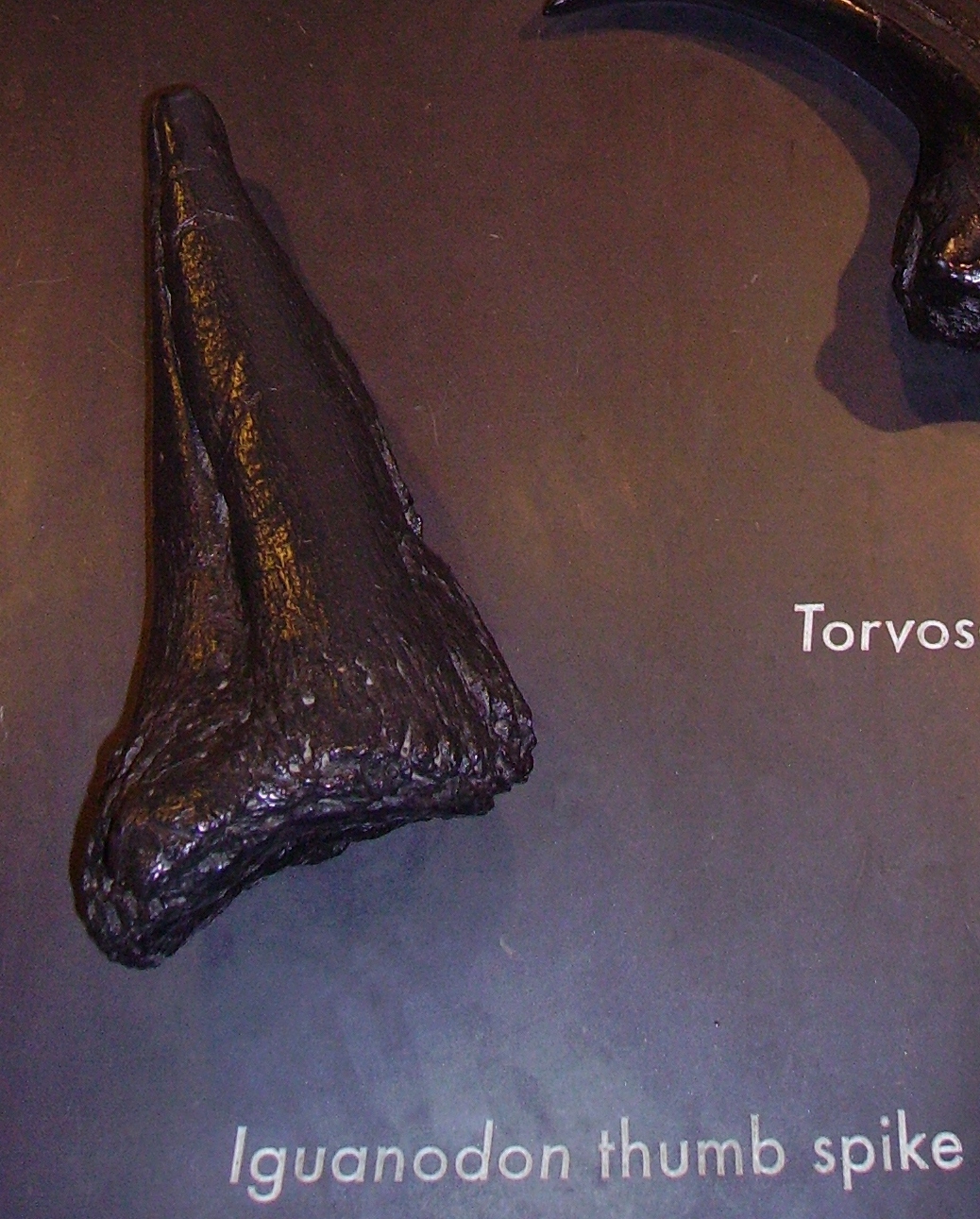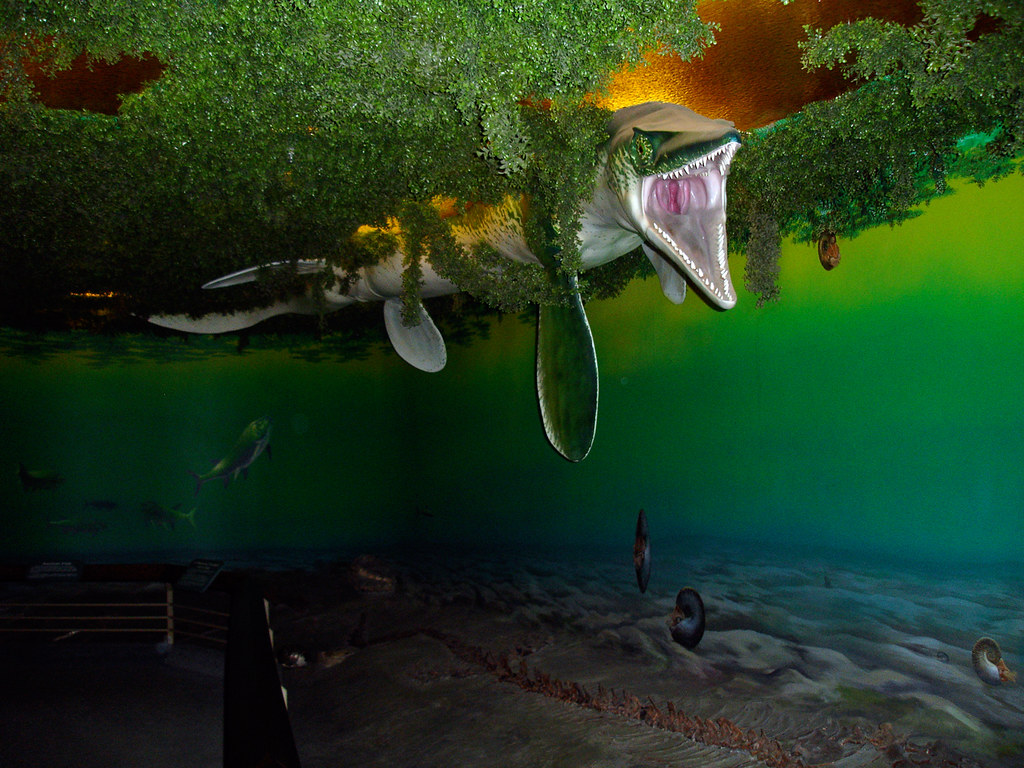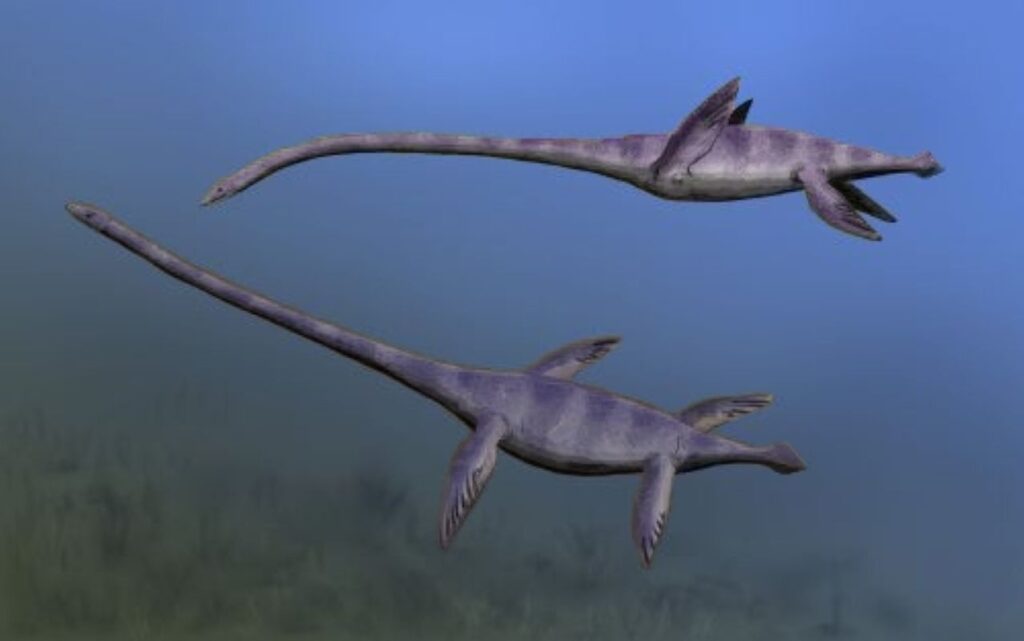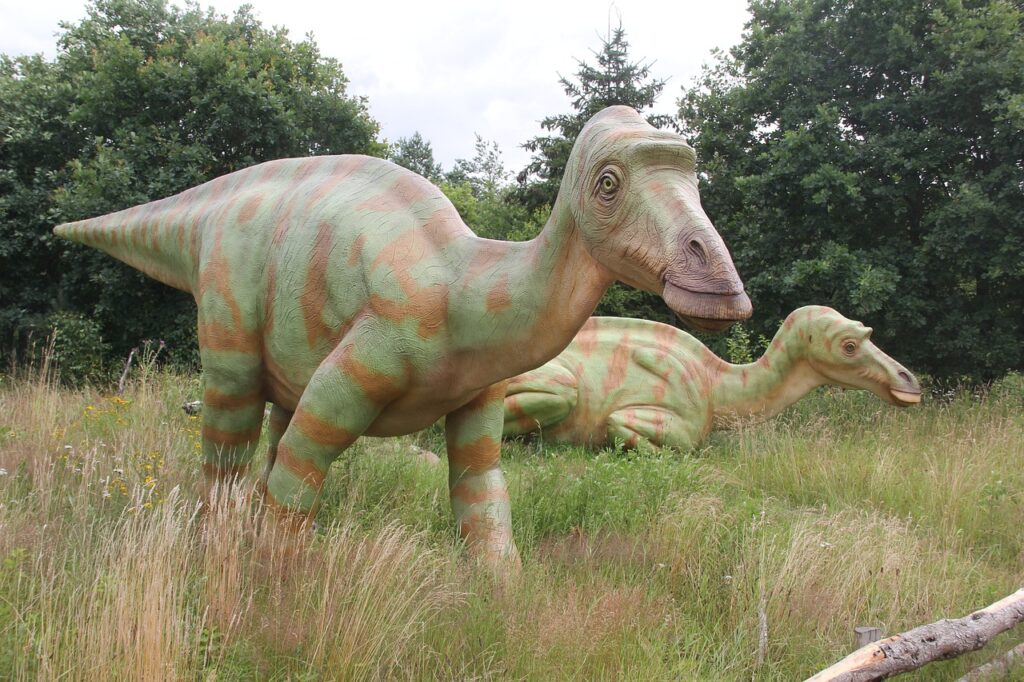Hidden beneath the bustling streets of Brussels lies one of paleontology’s greatest treasures – a magnificent collection that transformed our understanding of dinosaurs forever. The Royal Belgian Institute of Natural Sciences houses what many consider the most spectacular display of Iguanodon fossils on Earth, featuring creatures that walked this very land 125 million years ago. These aren’t just any dinosaur remains; they represent one of the most significant paleontological discoveries in history, unearthed from a coal mine in the small Belgian town of Bernissart in 1878. What makes this collection truly extraordinary isn’t just its size, but the pristine condition of these ancient giants and the revolutionary insights they’ve provided about dinosaur behavior, anatomy, and evolution.
The Coal Mine Discovery That Shook the Scientific World
Picture this: miners descending deep into the earth for another day of coal extraction suddenly stumble upon massive, mysterious bones embedded in the rock. This wasn’t fiction – it was the reality that unfolded in Bernissart’s coal mine on April 28, 1878. The discovery sent shockwaves through the scientific community when word reached Brussels.
What the miners had uncovered was nothing short of paleontological gold. Over thirty nearly complete Iguanodon skeletons lay preserved in what was once an ancient ravine, buried by sediment and forgotten by time. The excavation that followed would take three years to complete and require innovative techniques to extract these prehistoric giants from their subterranean tomb.
Louis Dollo: The Visionary Behind the Reconstruction
Enter Louis Dollo, the Belgian paleontologist whose meticulous work transformed scattered bones into lifelike reconstructions that still inspire awe today. Dollo didn’t just reassemble skeletons; he revolutionized how we think about extinct creatures. His approach was methodical, scientific, and surprisingly modern for the 19th century.
Dollo’s reconstructions were the first to show Iguanodon as active, dynamic creatures rather than sluggish lizards. He positioned them upright, emphasizing their bipedal nature and creating displays that captured the imagination of visitors. His work established principles of paleontological reconstruction that scientists still follow today, making him a true pioneer in bringing ancient life back to public consciousness.
The Anatomy of Giants: Understanding Iguanodon Structure
Standing face-to-face with a mounted Iguanodon skeleton is like confronting a creature from another world. These herbivorous dinosaurs stretched up to 33 feet in length and weighed as much as an elephant. Their most distinctive feature – the famous thumb spike – initially puzzled scientists who mistakenly placed it on the nose in early reconstructions.
The robust hind legs tell a story of creatures built for both walking and running, while their powerful tails served as counterbalances during movement. Their hands were remarkably versatile, capable of both supporting their weight during quadrupedal locomotion and manipulating vegetation during feeding. The skull structure reveals sophisticated dental arrangements perfectly adapted for processing tough plant material.
Bernissart’s Ancient Ecosystem: A Window into the Cretaceous
The Iguanodon fossils weren’t discovered in isolation – they came with an entire ecosystem preserved in stone. The same geological layers revealed crocodiles, turtles, fish, and countless plant fossils that paint a vivid picture of Early Cretaceous Belgium. This wasn’t the cold, temperate climate we know today; it was a subtropical paradise teeming with life.
Ancient ferns, conifers, and early flowering plants created lush forests where Iguanodon herds roamed freely. Rivers meandered through this prehistoric landscape, supporting diverse aquatic life and providing the water sources these massive herbivores needed. The ecosystem reconstruction helps us understand not just how Iguanodon lived, but why they thrived in this ancient European environment.
Revolutionary Display Techniques in the Royal Gallery
Walking through the Royal Belgian Institute’s dinosaur gallery feels like stepping into a cathedral dedicated to ancient life. The soaring ceilings and dramatic lighting create an atmosphere that befits these magnificent specimens. The gallery’s design isn’t accidental – every element has been carefully crafted to enhance the visitor experience while respecting the scientific importance of the collection.
Modern display techniques complement the historic reconstructions, using interactive elements and multimedia presentations to bring the Cretaceous period to life. Visitors can observe minute details of bone structure, compare different specimens, and even touch replica fossils to better understand these incredible creatures. The gallery successfully bridges the gap between rigorous science and public engagement.
The Thumb Spike Mystery: From Horn to Weapon

One of paleontology’s most famous mistakes involved Iguanodon’s distinctive thumb spike. Early reconstructions, including the famous Crystal Palace dinosaurs in London, depicted these creatures with horns on their noses. It wasn’t until the Bernissart discoveries that scientists realized their error – what they thought was a nasal horn was actually a formidable thumb spike.
This revelation changed everything we knew about Iguanodon behavior and capabilities. The thumb spike likely served multiple purposes: defense against predators, intraspecies combat, and possibly food gathering. Some specimens show wear patterns on these spikes, suggesting they were actively used throughout the animals’ lives. This discovery exemplifies how new fossil evidence can completely overturn established scientific understanding.
Social Behavior: Evidence of Herding in Ancient Times
The mass accumulation of Iguanodon skeletons at Bernissart suggests these weren’t solitary creatures. The evidence points to complex social behaviors, possibly including seasonal migrations and herding instincts similar to modern large herbivores. Multiple individuals of different ages found together indicate family groups or larger social structures.
Bone bed analysis reveals that these dinosaurs likely traveled together, shared feeding grounds, and possibly coordinated their movements across the prehistoric landscape. Some specimens show healed injuries that would have required extended recovery periods, suggesting social care or at least tolerance of injured herd members. This challenges older perceptions of dinosaurs as simple, antisocial reptiles.
Preservation Perfection: The Science Behind Fossil Formation
The exceptional preservation of the Bernissart Iguanodon specimens resulted from a perfect storm of geological conditions. Rapid burial in fine sediments prevented scavenging and decay, while the chemistry of the surrounding environment promoted mineralization rather than decomposition. Understanding these preservation processes helps paleontologists locate similar fossil deposits worldwide.
The clay layers that entombed these dinosaurs acted like a natural time capsule, protecting delicate bone structures for millions of years. Some specimens retain impressions of soft tissues, including skin patterns and muscle attachments that provide unprecedented insights into dinosaur anatomy. This level of preservation is extraordinarily rare and makes the Belgian collection scientifically invaluable.
Conservation Challenges: Protecting Ancient Treasures
Maintaining 125-million-year-old fossils requires constant vigilance and cutting-edge conservation techniques. The museum’s conservation team faces unique challenges, from controlling humidity and temperature to preventing chemical deterioration of the specimens. Some of the original mounting materials from Dollo’s era have become problematic, requiring careful replacement without damaging the irreplaceable fossils.
Modern conservation efforts use advanced imaging techniques to monitor bone condition and develop treatment strategies for deteriorating specimens. The team has pioneered new methods for stabilizing fragile fossils while maintaining their display quality. This ongoing work ensures that future generations will continue to marvel at these incredible creatures, just as visitors have for over a century.
Scientific Legacy: How Bernissart Changed Paleontology
The Bernissart discovery didn’t just add new specimens to museum collections – it fundamentally transformed paleontology as a scientific discipline. The abundance and quality of the fossils allowed for unprecedented comparative studies, leading to new understanding of dinosaur anatomy, behavior, and evolution. Research based on these specimens continues to yield new insights even today.
The systematic excavation and documentation techniques developed at Bernissart became standard practice for future paleontological expeditions. The multidisciplinary approach, combining geology, biology, and chemistry, established methodologies still used in modern fossil recovery. The site’s influence extends far beyond Belgium, shaping how paleontologists worldwide approach major discoveries.
Modern Research: New Technologies, New Discoveries
Contemporary scientists continue to unlock secrets from the Bernissart specimens using technologies Dollo could never have imagined. CT scanning reveals internal bone structures without damaging the fossils, while chemical analysis provides insights into ancient diets and environmental conditions. Digital reconstruction techniques allow researchers to test theories about dinosaur movement and behavior.
Recent studies have examined microscopic bone structures to determine growth rates and life spans of individual Iguanodon specimens. Isotope analysis of tooth enamel reveals seasonal migration patterns and dietary preferences. These modern analytical techniques breathe new life into century-old discoveries, proving that even well-studied fossils can yield fresh scientific insights.
Educational Impact: Inspiring Future Paleontologists
The Royal Belgian Institute’s dinosaur gallery serves as more than a tourist attraction – it’s a powerful educational tool that has inspired countless young minds to pursue careers in paleontology and related sciences. School groups from across Europe make pilgrimages to Brussels specifically to see these magnificent specimens. The gallery’s interactive exhibits make complex scientific concepts accessible to visitors of all ages.
Many prominent paleontologists trace their initial fascination with dinosaurs to childhood visits to this very gallery. The specimens serve as teaching tools for university students and researchers, providing tangible examples of evolutionary principles and anatomical adaptations. The museum’s educational programs reach thousands of students annually, ensuring that the wonder of paleontological discovery continues to captivate new generations.
Global Recognition: Belgium’s Paleontological Prominence
The Iguanodon collection has elevated Belgium to prominence in the global paleontological community despite the country’s relatively small size. Scientists from around the world travel to Brussels to study these specimens, collaborate with Belgian researchers, and access unique research opportunities. The collection’s international significance extends far beyond its impressive visual impact.
Belgium’s investment in paleontological research and museum infrastructure has created a center of excellence that punches well above its weight in the scientific community. The country hosts international conferences, collaborates on global research projects, and contributes significantly to our understanding of Mesozoic life. The Bernissart discovery continues to pay dividends more than a century after the first bones emerged from that coal mine.
Future Horizons: What Lies Ahead for the Collection
Plans for the Royal Belgian Institute include expanded exhibition spaces, enhanced interactive technologies, and continued research initiatives that will unlock even more secrets from these ancient specimens. Virtual reality experiences may soon allow visitors to walk alongside living Iguanodon herds, while advanced imaging techniques continue to reveal new anatomical details.
The museum is developing partnerships with institutions worldwide to study similar fossils and expand our understanding of Early Cretaceous ecosystems. New excavation techniques may eventually allow return trips to Bernissart to search for additional specimens or explore related fossil sites. The future promises even more exciting discoveries built upon the foundation of these remarkable Belgian dinosaurs.
Conclusion: A Living Legacy
The Iguanodon skeletons standing majestically in Brussels represent far more than impressive museum displays – they embody the power of scientific discovery to transform our understanding of life on Earth. From that fateful day in 1878 when miners first glimpsed ancient bones in a coal seam, these specimens have revolutionized paleontology, inspired countless scientists, and captured the imagination of millions of visitors.
Their story continues to evolve as new technologies reveal fresh insights about these remarkable creatures and their ancient world. The Royal Belgian Institute’s commitment to research, conservation, and education ensures that these prehistoric ambassadors will continue teaching us about evolution, extinction, and the incredible diversity of life that once flourished on our planet.
Standing before these magnificent skeletons today, we’re reminded that the past isn’t truly gone – it lives on in stone and bone, waiting to share its secrets with those curious enough to look. What other wonders might be waiting in the earth beneath our feet?




